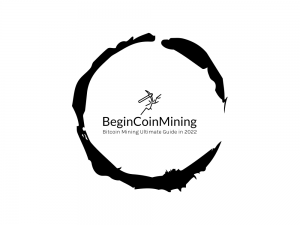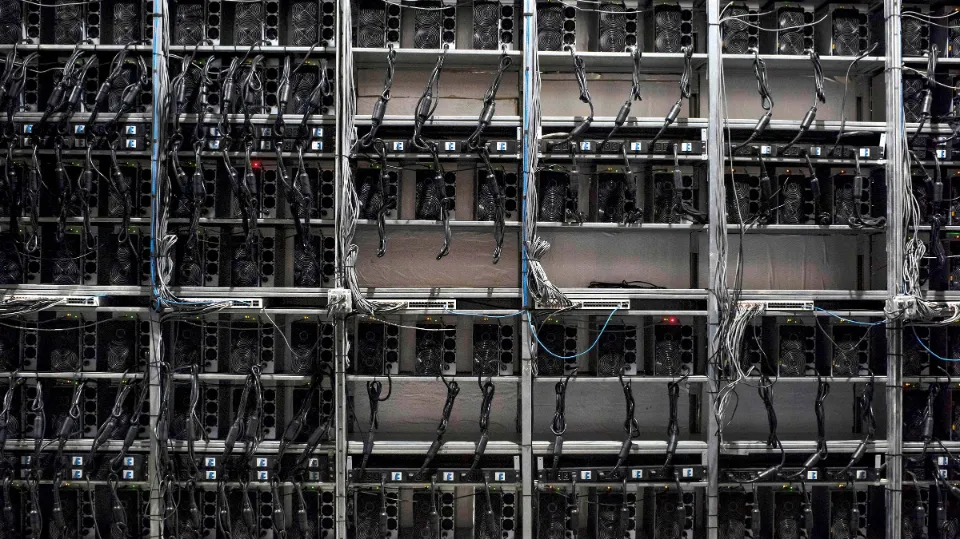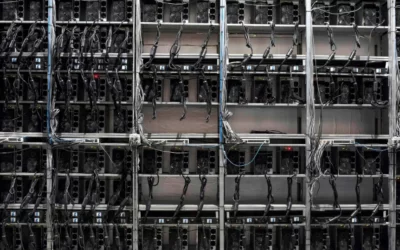Glyn Jones, the founder, and CEO of Icebreaker Finance, a specialist capital advisory company with a focus on private credit, DeFi, and Bitcoin mining, has written the following opinion piece.
In 2022, there were challenging market conditions for bitcoin mining, a crucial component of the cryptocurrency market and an increasingly significant factor in the growth of the American economy. The capital-fueled “growth at all costs” strategy pursued by many miners in 2021 and 2022 led to a wave of failures and uncertainty amid a prolonged crypto winter.
As the price of bitcoin has increased more rapidly than the network’s growth, 2023 has so far seen modest gains in unit profitability, but the future is still unclear. It is reasonable to presume that in a situation where the bitcoin price continues its rally through 2023, capital will quickly flow to Bitcoin miners, thereby lifting the hash rate and reducing miner unit revenue (a commonly-preferred metric for understanding unit revenue is “hash price”). It is up to the miners to determine how likely such a BTC rally is and how long it will take for enough capital to be invested before the hash price returns to equilibrium.
At Icebreaker Finance, our view is that only those miners who generate attractive profits at the “equilibrium” hash price offer opportunities for long-term investors. Even though the hash price appears to have stabilized at around 6 to 8 cents per terahash per day, many miners still struggle to generate enough cash flow to cover their debt servicing and general operating expenses in fiat. In many situations, lenders are rolling over existing facilities at uneconomic terms as a more favorable outcome than the default. Amid this situation, ASIC manufacturers continue to bring the stock to market and in many cases are deploying “unsold” new ASICs to self-mine through significant hosting agreements.
This pessimism is reflected in public equity markets. Currently trading at valuations that give their companies very little intrinsic value, many public miners are more than 90% below their peak prices. They are still incredibly volatile, though, and closely correlated with the price of bitcoin.
In such a challenging environment, many have described the industry as “uninvestable.” Our view is different. Dispersion of performance has grown dramatically and publicly-traded miners offer an incomplete reflection on just how wide that dispersion is. We segment the various business models within the industry using a barbell analogy in order to more clearly understand the relative strength of miners in this setting.
The miners who operate on a large scale and are vertically integrated with the underlying mineral rights and energy production are at one end of the spectrum. These firms are “behind the meter,” where The economics of their current business of monetizing the ability to source, produce, and distribute energy can be improved by bitcoin mining. Such participants have not been significant players in the Bitcoin mining industry thus far. We should expect energy majors to enter bitcoin mining at scale, with significant implications for the equilibrium hash price, if bitcoin becomes more widely adopted and regulatory support for the role bitcoin mining can play in improving grid resilience and decarbonization grows.
In the middle of the barbell are miners who operate at scale “on the grid” or “in front of the meter” and own infrastructure assets but not power-generation assets. Since a wide range of outcomes is anticipated for these participants, it is likely that only a small portion will be able to produce alluring returns for debt and equity investors. Even if they receive short-term solace from short-term increases in hash prices, many participants in this sector of the industry, especially those who use fiat-denominated leverage in their capital structure, may fail. The winners in this group will be those with the most advanced site selection, energy contracting, and financial strategies.
At the other end of the barbell are niche operators who typically operate “behind the meter” on smaller sites to monetize truly stranded energy, making them an exciting long-term prospect for investors. They often start out in the beginning stages of their business development and monetize stranded gas, flared gas, landfill methane, or partner with producers of renewable energy for off-take agreements. A difficult set of multidisciplinary competencies must be mastered by miners in order to find suitable sites and operate them off the grid, indicating a high execution risk. It can also be a challenging business to scale, which may limit the size of this segment of the industry, even with favorable tailwinds from the ESG value of the activity.
Alongside such niche operators, we also expect to see substantial growth in “industrial augmentation” use cases where The value chain of allied industries is extended to include bitcoin mining. These are any companies that consume large amounts of energy and where there is an opportunity to monetize the heat generated from mining for other purposes or to monetize energy that is otherwise wasted. A good example of the industrial augmentation thesis is the greenhouse, where a lack of water may lead to increased greenhouse production in agriculture. Many participants at this end of the barbell, including niche operators and industrial augmentation players, are actively looking into ways to make money from the nascent carbon credit markets. Like all players entering the market now, infrastructure can be purchased at favorable prices.
The current market is a time for growth for miners who do have a truly differentiating energy and engineering proposition that places them in the top quartile of the network cost of production. This can happen anywhere across the barbell but is particularly prevalent at either end. Capital is needed for growth, and in some cases, small amounts of debt may be appropriate. In these circumstances, lenders are looking for a security package that includes uncorrelated assets and the ability to introduce risk sharing into loans so that lenders can also profit from a situation where the hash price improves while protecting the cash flows of the miner during periods of equilibrium hash price. Miners, understandably, are searching for as much tenor as possible and favorable loan-to-value ratios.
This is a guest post by Glyn Jones. The views expressed do not necessarily represent those of BTC Inc. or Bitcoin Magazine and are the author’s alone.










